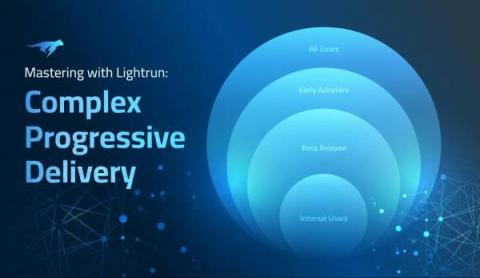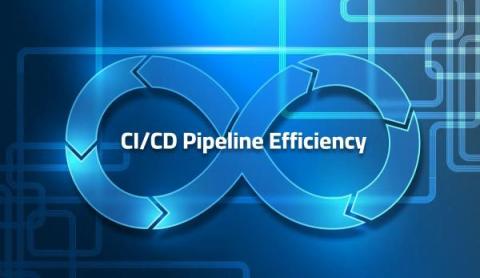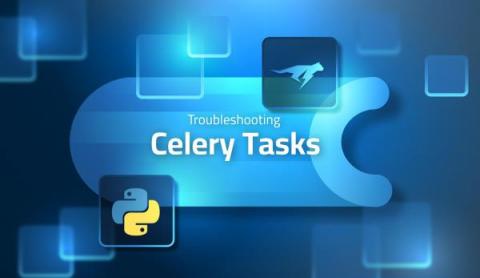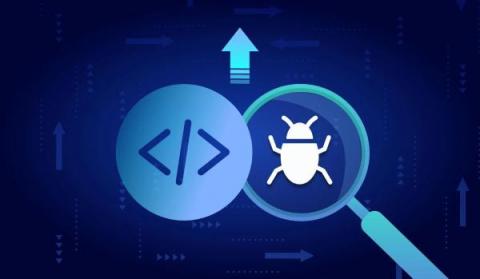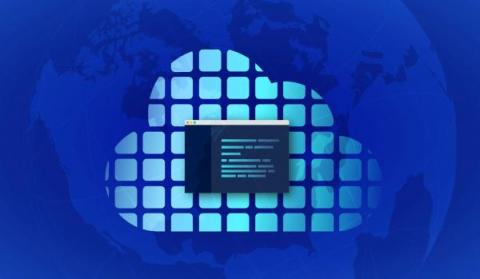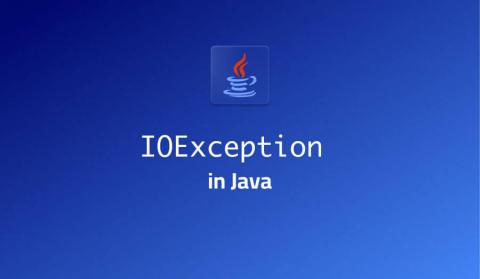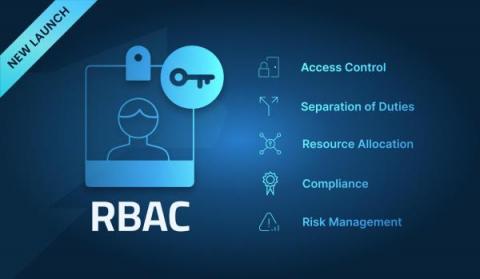Mastering Complex Progressive Delivery Challenges with Lightrun
Progressive delivery is a modification of continuous delivery that allows developers to release new features to users in a gradual, controlled fashion. It does this in two ways. Firstly, by using feature flags to turn specific features ‘on’ or ‘off’ in production, based on certain conditions, such as specific subsets of users. This lets developers deploy rapidly to production and perform testing there before turning a feature on.


